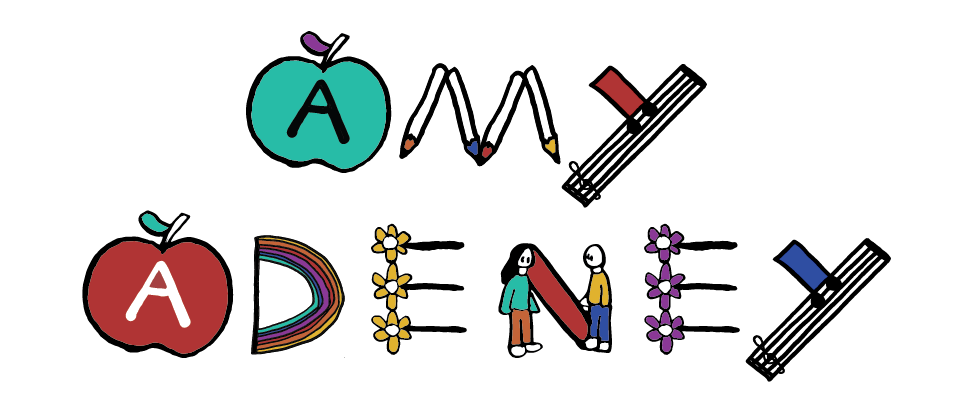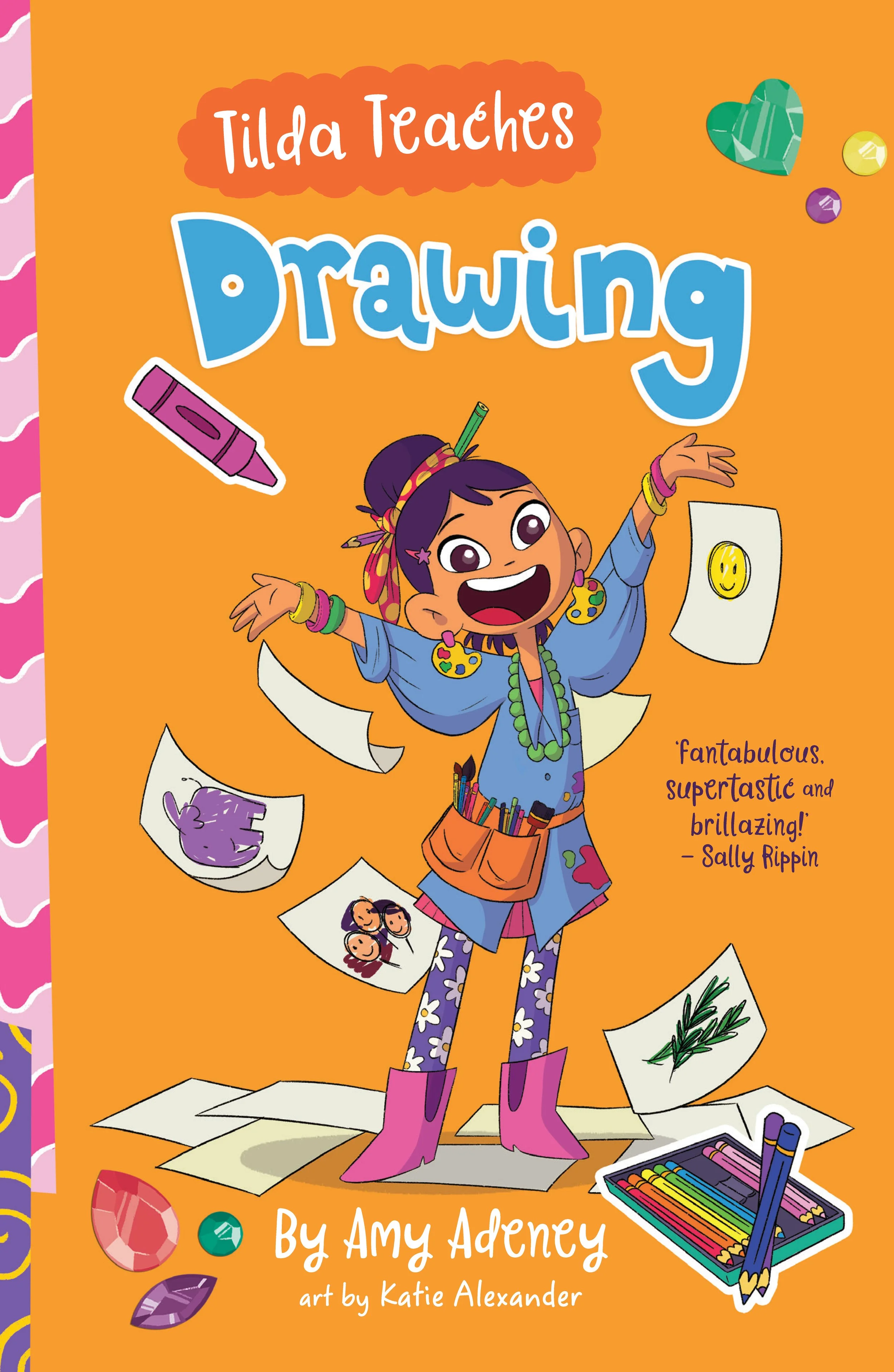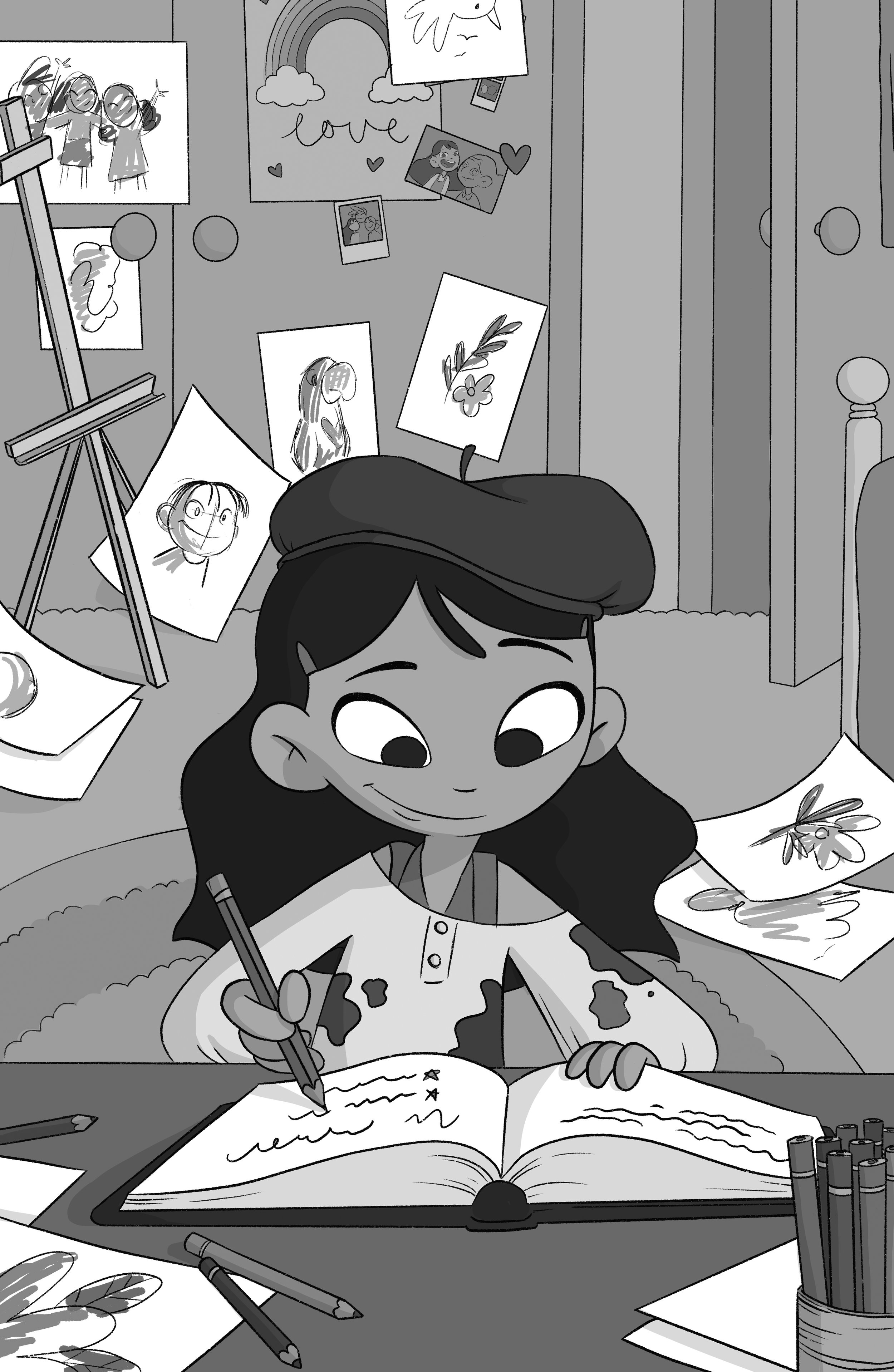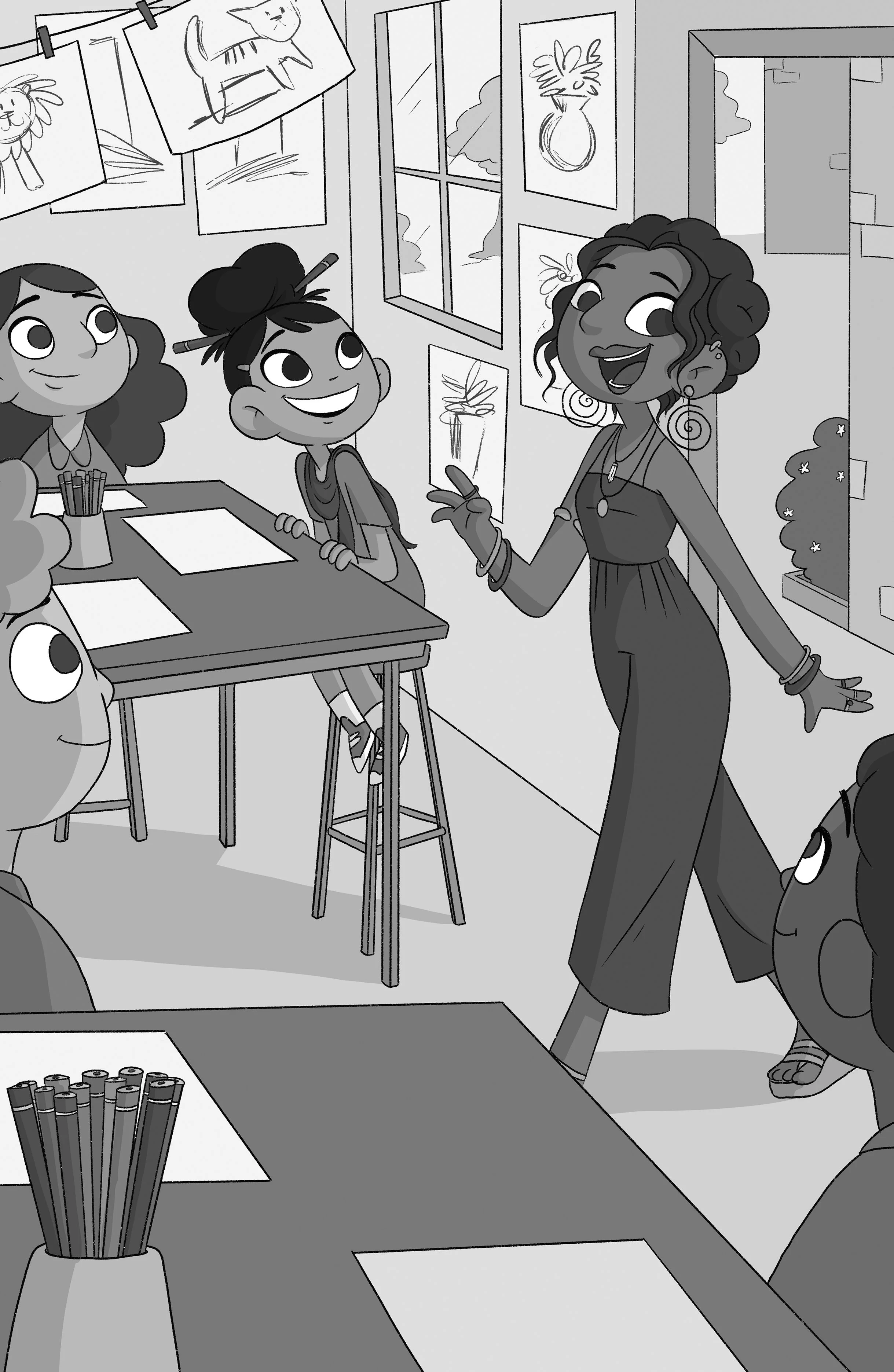Tilda Teaches Drawing Teaching Notes
Learning outcomes
Students will:
Learn about growth mindset and its importance in learning and developing new skills.
Investigate flowcharts and their usefulness as a tool to map instructions or procedures.
Create self-portraits portraying their true selves.
Experiment with combining different styles and types of art.
Synopsis
Tilda is keen to show her new art teacher, Serafina, her artistic spirit. The old art teacher Hao used to hold Tilda’s artworks up to show the class, but for some reason Serafina seems to be giving all her attention to Tilda’s friend Binky. Tilda decides to show Serafina her artistic spirit in their new art project – self-portraits that show ‘the real you’. Tilda uses all her skills of realism drawing, and even starts a drawing class at lunchtime to teach Binky and Harry about realism too. They work on drawings of nature, animals and buildings, but it doesn’t help. Serafina still does not seem to recognise that Tilda is great at art. Finally Binky and Harry help Tilda understand that she’s been so busy changing her usual art style to try to impress Serafina, that her portrait no longer shows the real Tilda. Together they go to the art room and Tilda adds some last-minute finishing touches to her self-portrait, which Serafina declares is a masterpiece. Tilda reflects on what she’s learned this week with her new growth mindset, and then thinks about what her next artistic project could be.
Themes
Creativity
Perfectionism
Growth Mindset
Friendship
Before you read the story
Read the blurb:
Serafina is Tilda’s new art teacher. Serafina wears super arty clothes and cool jangly earrings, and has a real artistic spirit. Tilda is keen to show Serafina that she has an artistic spirit too. But when Serafina starts giving Tilda’s friend Binky all the attention, Tilda feels confusible. That’s right, confused and invisible. Tilda starts to question her artistic skills, and decides to run ser own art class to help her get better at drawing. But will Tilda’s drawing practice really help her true artistic spirit shine through?
What do you think it means to have an artistic spirit? What are your favourite kinds of art? What do you like to draw?
Discussion Questions
Chapter 1
What made Tilda feel sadcited?
What are some of the kinds of art that Tilda read about in her big book? Do you know any other styles of art?
Why does Tilda want to impress Serafina?
Chapter 2
Why does art make Binky nervous?
What is making Tilda feel confusible?
Why does Tilda say she would draw her heart in blue?
Chapter 3
Have you heard about growth mindset before? What do you know about it?
How does Tilda think she can get better at drawing? Do you think this will work?
What does Tilda plan to teach in her Art Club? Is this a good plan?
Chapter 4
Have you ever seen or made a flowchart before? What are they useful for?
What is your favourite animal with four legs that you would try drawing? Have a brainstorm – how many can you come up with as a class?
Why is Binky upset?
Chapter 5
Why does Tilda tell her TEAM not to pick anything off the trees?
Why does Tilda feel ploud at the end of her lesson?
What are some of your favourite things in nature that would be fun to draw?
Chapter 6
Why does a big lump jump from Tilda’s tummy into her throat?
Why doesn’t Tilda want Binky to draw her fairytale castle?
Why does Tilda think her artistic spirit has whooshed right out of her?
Chapter 7
If you had to draw a self-portrait, what would you be doing in your picture?
Why is Binky not so worried about art any more?
Why are Harry and Binky puzzled about Tilda’s self-portrait?
Chapter 8
Why does Serafina say that Tilda’s self-portrait is a masterpiece?
On her Weekly Report, what does Tilda say that art is really about? What does that mean?
Tilda makes up some of her own mixed-up kinds of art at the end of the book – which one would you like to try? Can you think of any others?
Activities:
Amazing Art!
Sometimes we get very set in our thinking about art. It’s easy to forget that it’s OK to combine different media in art, like drawing, painting, clay, collage and papier mache. Have a play with some of Tilda’s ideas for different kinds of art. She suggests crayollage, clainting and wartooning – can you come up with any others? Bring out as many art supplies as you can find, and let your imaginations run wild! Be sure to let your artistic spirits shine.
Super Self Portraits!
Create a self-portrait that shows the real you. Think about what makes you unique – what do you love? What are your most defining features? How can you show the real you on paper?
Go Growth Mindset!
Have you ever thought there’s something you’re really not good at, and there’s nothing you can do about it? Time to try switching that fixed mindset to a growth mindset. The Positive Psychology website has a fantastic explanation of growth mindset, and some excellent activities to try in class. The T-chart might be a good one to start with!
Fabulous Flowcharts!
Flowcharts are a useful tool to use when discussing instructions, procedures, lifecycles, and even stories. Have a read of this article on Twinkl, and look at examples of different kinds of flowcharts. Now pick a simple procedure and map it using a flowchart. Examples might include making a jam sandwich, walking to the playground from the classroom, or playing a game of Rock Paper Scissors.



